Throughout human history, tales of humans wedding non-human spouses have captivated our collective imagination. These stories—found across continents, cultures, and centuries—reveal profound insights into how societies understand the boundaries between humanity and nature, civilization and wilderness. The animal bride narrative, in particular, weaves through global folklore with remarkable consistency: a supernatural being in animal form marries a human, only to undergo transformation or flee when certain conditions are broken. These enchanting yet often tragic tales serve as metaphors for cultural anxieties about marriage, domestication, the unknown, and the delicate dance between wildness and civilization. From Japanese fox wives to Celtic seal maidens, Norse swan brides to Native American deer women, these stories have shaped human understanding of our place in the natural world while revealing surprisingly similar patterns across otherwise distant cultures.
The Universal Pattern of Animal Bride Tales
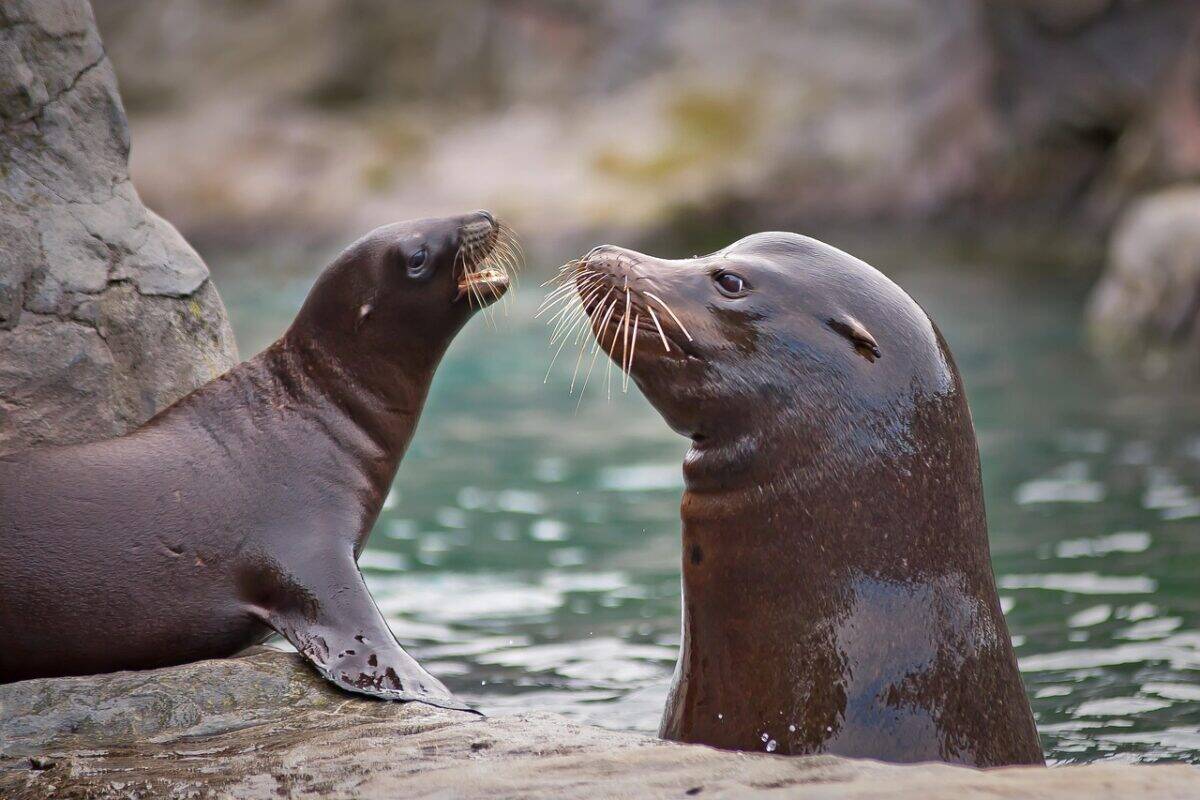
Animal bride myths follow a strikingly consistent narrative structure across cultures. Typically, a man encounters a magical animal who transforms into a beautiful woman, or he steals her animal skin, forcing her to remain in human form. They marry and often have children, but the relationship faces a critical test: the husband either breaks a taboo, mistreats his wife, or the wife reclaims her animal form and returns to her original world. Cultural anthropologists like Claude Lévi-Strauss have noted these tales often represent the tension between nature and culture, with the animal bride embodying the untamed world that temporarily enters civilization.
The prevalence of these stories across disconnected societies suggests they tap into universal human concerns about marriage, identity, and the fragility of human bonds. From Inuit tales of seal wives to Chinese legends of fox spirits who marry mortal men, the narrative pattern remains remarkably stable despite geographical separation. Folklorists note that these tales often emerged in societies where marriage involved bringing outsiders (typically women) into a family unit, reflecting anxieties about the “otherness” of spouses from different clans or villages. The consistent moral lesson across many variants emphasizes respect for autonomy and the consequences of broken promises.
Swan Maidens of European Tradition
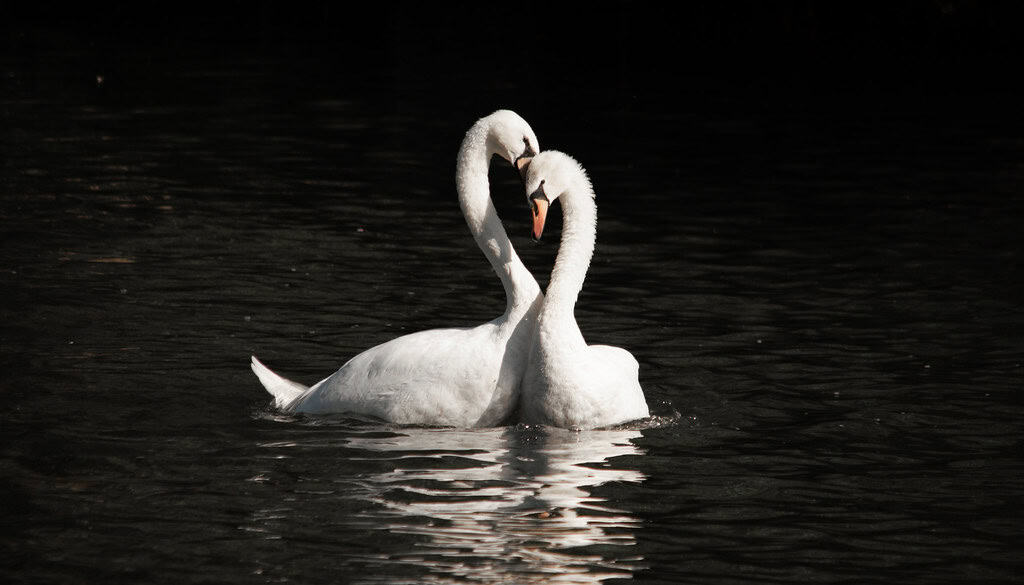
Among the most widespread animal bride stories in European folklore are tales of swan maidens. These narratives typically involve a man who discovers beautiful women bathing after removing their swan feather cloaks. He steals one woman’s feathers, making it impossible for her to transform back into a swan and escape with her sisters. She becomes his wife, but eventually discovers her hidden swan skin and flies away, often leaving children behind. The Germanic tale of “The Swan Maiden” exemplifies this pattern, while similar stories appear throughout Scandinavian, Slavic, and Celtic traditions.
The symbolism of the swan maiden runs deep in European mythology. Swans represent grace, purity, and transformation, while their migratory nature connects them to the changing seasons and the passage between worlds. Medieval versions often incorporate Christian elements, with the swan bride sometimes representing a fallen angel or fairy creature whose true nature cannot be permanently subdued. The swan maiden’s inevitable departure serves as a poignant reminder that one cannot truly possess what belongs to the wild, a theme that resonated in agricultural societies where the rhythms of nature directly impacted human survival. These tales also reflect historical marriage practices where women left their natal families to join their husband’s household, embodying the outsider bride who never fully integrates into her new community.
Selkies: The Seal Wives of Celtic Mythology

Celtic coastal communities—particularly in Scotland, Ireland, and the Orkney Islands—developed one of the most hauntingly beautiful animal bride traditions with their selkie tales. These legends describe seal people who shed their skins to take human form on land. When a fisherman steals a female selkie’s pelt, she cannot return to the sea and becomes his wife. Though she may live as a human for years and bear children, selkie wives are characterized by their longing gazes toward the ocean and their eventual discovery of their hidden sealskins, which inevitably leads to their return to the sea, often abandoning human families in heartbreaking departures.
Selkie tales served multiple cultural functions in maritime communities. They personified the dangerous allure of the sea itself—beautiful but ultimately belonging to another realm. Some scholars suggest these stories rationalized actual historical practices of bride capture or explained the existence of children with unknown paternity in fishing communities. The selkie’s dual nature also mirrors the coastal dweller’s relationship with the sea—dependent upon it for sustenance yet always aware of its deadly power. In modern interpretations, selkie stories have become powerful metaphors for women’s autonomy and the consequences of attempting to control or possess another being. Films like “The Secret of Roan Inish” and “Song of the Sea” have adapted these ancient tales for contemporary audiences while preserving their emotional core about the impossibility of keeping what fundamentally belongs to the wild.
Kitsune: The Fox Wives of Japanese Folklore
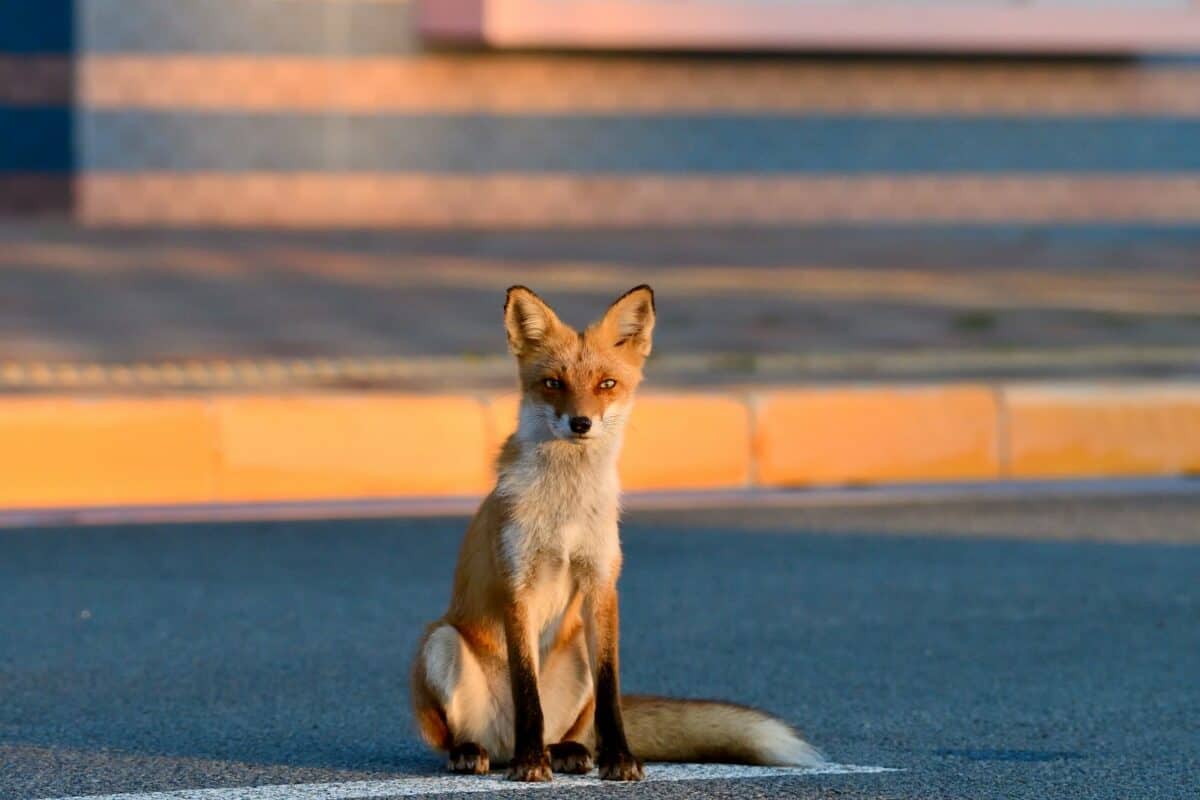
Japanese folklore features the kitsune (fox spirits) as prominent figures in animal bride tales. Unlike many Western variants where the animal bride is captured or tricked into marriage, kitsune wives often deliberately choose to marry human men. These supernatural foxes, believed to gain additional tails and magical powers as they age, can transform into beautiful women and create elaborate illusions. Kitsune wives typically prove excellent companions—intelligent, devoted, and bringing prosperity to their husbands—until their true nature is discovered, often through accidental glimpses of their fox features (such as a tail) or through the intervention of Buddhist priests who detect their supernatural essence.
The cultural significance of fox bride stories reflects complex Japanese attitudes toward the supernatural. Foxes were associated with Inari, the Shinto deity of rice, fertility, and prosperity, suggesting the fox bride brings blessing despite her non-human nature. Unlike Western tales that often frame the animal bride as a victim, Japanese fox wife stories present a more ambiguous relationship where both parties gain and lose through the union. The inevitability of the fox wife’s departure represents the impermanence central to Buddhist philosophy. During Japan’s feudal period, these stories gained additional layers of meaning, sometimes representing the mysterious allure of women from outside one’s known community or even serving as metaphors for class boundaries, with the supernatural fox representing those who attempt to move beyond their assigned social station through deception or transformation.
Deer Women of Native American Traditions
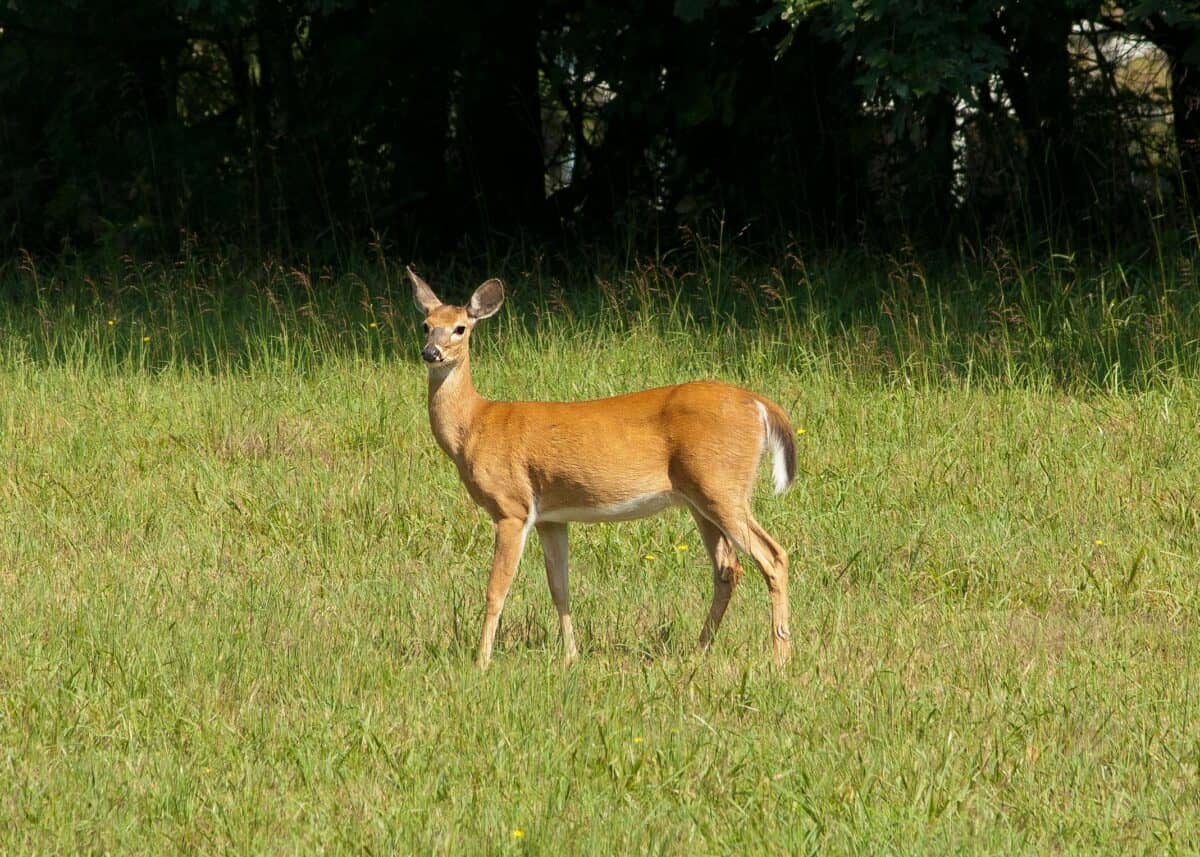
Across numerous Native American tribal traditions, particularly among Algonquian and Siouan-speaking peoples, stories of deer women form a distinctive subset of animal bride tales. These beings typically appear as extraordinarily beautiful women who are revealed to have deer characteristics—often deer hooves instead of feet, which they carefully conceal. In some traditions, deer women are dangerous seductresses who lure men to their deaths, while in others, they form lasting relationships with human hunters who prove worthy through acts of respect toward nature or demonstrations of exceptional character. The Lakota, Omaha, Creek, and Ponca tribes each maintain distinct deer woman traditions with varying details but similar thematic elements.
Deer women stories carry profound ecological and social significance. As deer represented both sustenance and spiritual power for many Native American communities, these tales reinforced proper relationships between humans and the animals upon which they depended. The transformation between human and deer forms symbolizes the permeable boundary between people and the natural world in Indigenous worldviews. Unlike European animal bride tales that often emphasize the permanence of the separation between human and animal realms, many Native American traditions present more fluid boundaries where transformation occurs in both directions. For hunting cultures, deer women stories also established ethical frameworks for how animals should be treated, suggesting that the way one relates to the natural world directly impacts human relationships and community wellbeing. Modern Indigenous storytellers continue to adapt deer women narratives to address contemporary issues like environmental destruction and cultural preservation.
Snake Brides in South Asian Mythology

South Asian mythology features numerous variations of snake bride stories, particularly centered around nāginīs—female serpent beings who can assume human form. In Hindu traditions, these powerful entities often possess divine or semi-divine status, with the ability to bestow blessings or curses. A common narrative involves a nāginī who marries a human man after he inadvertently helps her or shows her kindness. Unlike many Western animal bride tales, the snake bride often maintains her dual nature throughout the marriage, moving between human and serpent forms. The relationship typically ends when the husband betrays her trust, breaks a taboo, or reveals her secret nature to others.
The cultural significance of snake bride myths in South Asia reflects the region’s complex relationship with serpents. Snakes are both feared for their deadly venom and revered as symbols of fertility, rebirth, and connection to the underworld. The nāginī represents the power of kundalini energy in tantric traditions—a feminine creative force depicted as a coiled serpent. In agricultural communities, these stories reinforced respect for snakes who controlled rodent populations that threatened grain stores. The nāginī’s ability to bring wealth and fertility to her human husband mirrors beliefs that proper veneration of snake deities ensured prosperity. Modern interpretations of these tales have emerged in Bollywood films and television series like “Naagin,” where snake brides often seek revenge for historical wrongs while navigating complex emotional relationships with humans, demonstrating the enduring appeal of these ancient narratives in contemporary South Asian culture.
Crane Wives in East Asian Folklore

The crane wife motif appears throughout East Asian folklore, with particularly well-developed traditions in Japan and China. In these tales, a man assists an injured crane, only to later meet and marry a beautiful woman who mysteriously appears at his door. The wife weaves magnificent cloth that brings prosperity but insists her husband never watch her work. When curiosity inevitably drives him to peek, he discovers his wife in her true crane form, plucking her own feathers to create the valuable fabric. Once discovered, she departs forever. The Japanese tale “Tsuru no Ongaeshi” (The Crane’s Return of Favor) represents one of the most famous versions of this narrative pattern.
Crane wife stories blend economic and spiritual themes in distinctive ways. The self-sacrificing crane symbolizes both gratitude and the unsustainable nature of relationships built on exploitation. As cranes hold sacred significance in East Asian cultures—representing longevity, good fortune, and fidelity—the departure of the crane wife signifies not just personal loss but disconnection from divine blessing. During periods of economic transition in pre-modern Japan and China, these tales carried additional significance, warning against prioritizing material wealth over respect for natural and spiritual boundaries. The motif continues to inspire contemporary artists, with Japanese-American musician The Decemberists creating a song cycle based on the tale, and numerous modern novels, including Patrick Ness’s “The Crane Wife,” adapting the story to explore themes of art, sacrifice, and the limitations of human understanding. The enduring popularity of crane wife narratives demonstrates how animal bride tales effectively transmit cultural values across generations while remaining adaptable to changing social contexts.
Buffalo Calf Women in Plains Indian Traditions

Among Plains Indian nations, particularly the Lakota, Blackfoot, and Kiowa peoples, stories of Buffalo Calf Woman or Buffalo Woman represent a distinctive variation on animal bride mythology with profound cultural and spiritual significance. These narratives typically involve a woman who appears to hunters, revealing herself as a buffalo spirit in human form. She marries a worthy hunter and teaches him important ceremonial knowledge, but when the husband breaks a taboo—often by mistreating her or expressing jealousy—she returns to her buffalo people, sometimes taking their children with her. In some versions, the children become the ancestors of buffalo herds, explaining the kinship between humans and buffalo.
Unlike many animal bride tales that function primarily as cautionary stories about marriage, Buffalo Woman narratives often serve as origin myths for sacred ceremonies and proper ecological relationships. For Plains cultures dependent on buffalo for survival, these stories established protocols for respecting the animals that gave their lives to sustain human communities. The Lakota White Buffalo Calf Woman tradition represents a related but distinct narrative, where a sacred woman brings the Sacred Pipe and establishes seven fundamental ceremonies. Both traditions emphasize reciprocity between humans and animal nations, presenting marriage between species not as a transgression of boundaries but as an ideal model for proper relationship with the natural world. Contemporary Native scholars have highlighted how these stories encode sophisticated ecological knowledge while establishing ethical frameworks for sustainable hunting practices that maintained the great buffalo herds until European colonization disrupted traditional management systems.
Frog Princesses and Reptilian Brides
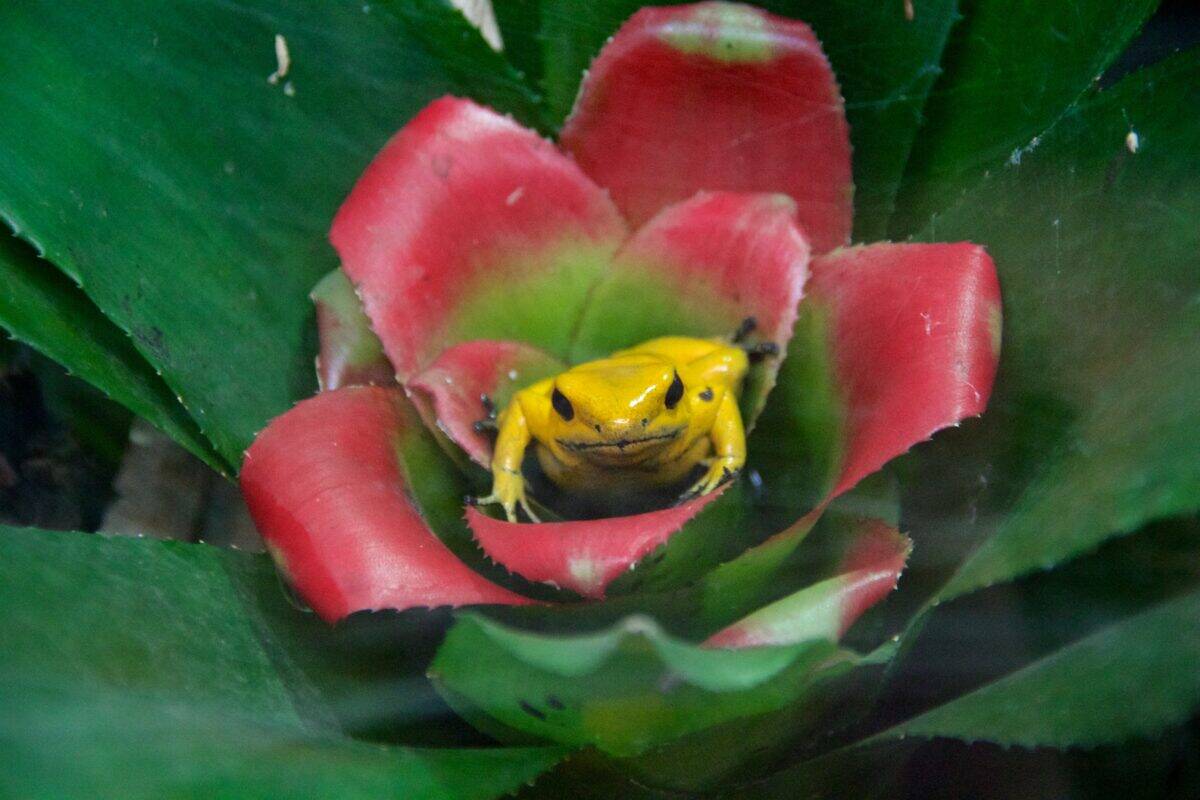
While Western audiences might be familiar with the Frog Prince tale where a male amphibian transforms into a human prince, many global traditions feature female reptilian or amphibian brides. Chinese folklore includes numerous tales of snake women and frog maidens who marry human men, often bringing prosperity through their supernatural abilities. In parts of Central Africa, crocodile bride stories feature prominently, typically involving a man who unknowingly marries a crocodile in human form, only to discover her true nature when she returns to water. Mesoamerican traditions include accounts of iguana women who transform to marry worthy human partners.
The cultural symbolism of reptilian and amphibian brides varies significantly across traditions but often connects to water, fertility, and transformation. These creatures’ ability to live in multiple environments (land and water) makes them natural symbols for beings who cross between worlds. In agricultural societies dependent on rainfall and irrigation, reptile and amphibian brides often control water resources, bringing either drought or abundance depending on how they are treated. Their connection to moisture and fertility extends to human reproduction in many traditions, with frog and snake brides typically proving exceptionally fertile, bearing numerous children who sometimes display unusual abilities. The universal revulsion many humans feel toward reptiles and amphibians adds tension to these narratives, suggesting that true beauty may exist beneath unappealing exteriors—a message that encourages looking beyond physical appearance in selecting marriage partners while also addressing the often complex emotions surrounding arranged marriages where partners might initially seem unfamiliar or frightening.
Psychological Interpretations of Animal Bride Myths

Modern psychological approaches have offered numerous interpretations of animal bride tales. Jungian analysts view these stories as explorations of the anima—the feminine aspect of the male psyche—with the animal bride representing untamed feminine energies that the masculine consciousness attempts to integrate. The inevitable departure of the animal bride symbolizes the impossibility of completely controlling the unconscious mind. Freudian interpretations focus on the sexual symbolism inherent in transformation narratives, suggesting that animal brides represent the “beastly” aspects of sexuality that civilized society attempts to suppress but cannot ultimately eliminate.
Contemporary feminist psychologists have reframed these tales as narratives about female autonomy and the consequences of attempting to control women’s essential nature. The stolen animal skin represents aspects of female identity that patriarchal structures attempt to suppress or control. The animal bride’s eventual reclamation of her true form becomes an act of self-liberation and authenticity rather than abandonment. Developmental psychologists note that these stories address universal anxieties about intimacy—the fear that truly knowing another person may lead to loss and abandonment. From this perspective, animal bride tales help societies process the inherent risks of vulnerability in close relationships while providing emotional frameworks for understanding the mysterious “otherness” that exists even in our most intimate connections. These psychological readings demonstrate how ancient myths continue to offer insights into human emotional experience across cultural and historical boundaries.
Contemporary Retellings and Cultural Impact
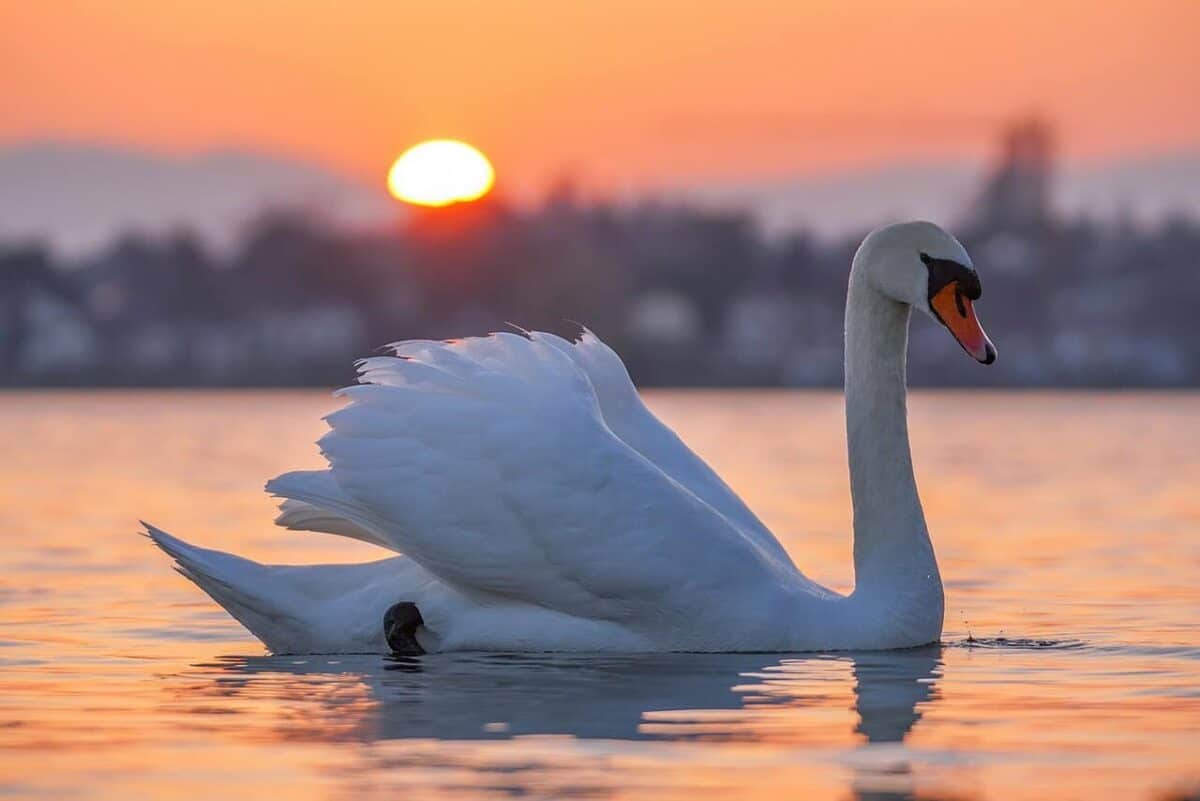
Animal bride narratives continue to inspire contemporary storytellers across various media. Writers like Angela Carter, A.S. Byatt, and Emma Donoghue have crafted modern literary retellings that foreground feminist perspectives, emphasizing the animal bride’s agency and questioning the power dynamics of the original tales. Filmmakers have adapted these stories for modern audiences—from Studio Ghibli’s interpretation of the Japanese “The Tale of the Bamboo Cutter” in “The Tale of Princess Kaguya” to John Sayles’ selkie-inspired “The Secret of Roan Inish” and Tomm Moore’s animated “Song of the Sea.” These contemporary versions often emphasize environmental themes, positioning the animal bride as a representative of the natural world threatened by human exploitation.
The enduring cultural impact of animal bride myths extends beyond entertainment into how modern societies conceptualize relationships between humans and the natural world. Environmental activists sometimes invoke these stories to illustrate the consequences of attempting to possess or control nature rather than living in respectful relationship with it. Marriage counselors and relationship therapists reference these tales when discussing the importance of allowing partners to maintain their individual identities within relationships. Indigenous communities worldwide have reclaimed their specific animal bride traditions as vehicles for cultural preservation and environmental education. The versatility of these ancient narratives demonstrates their remarkable psychological resonance, allowing each generation to discover new meanings in stories about the mysterious boundaries between human and animal, self and other, civilization and wilderness. As humans face unprecedented environmental challenges, animal bride tales offer timeless wisdom about the delicate balance between man and nature.
- This Fish Has the Most Teeth in the Ocean—And Uses Them Well - August 9, 2025
- How Wolves Use Group Howls to Reunite With Pups - August 9, 2025
- 12 Dog Breeds That Form the Deepest Emotional Bonds with Their Owners - August 9, 2025

